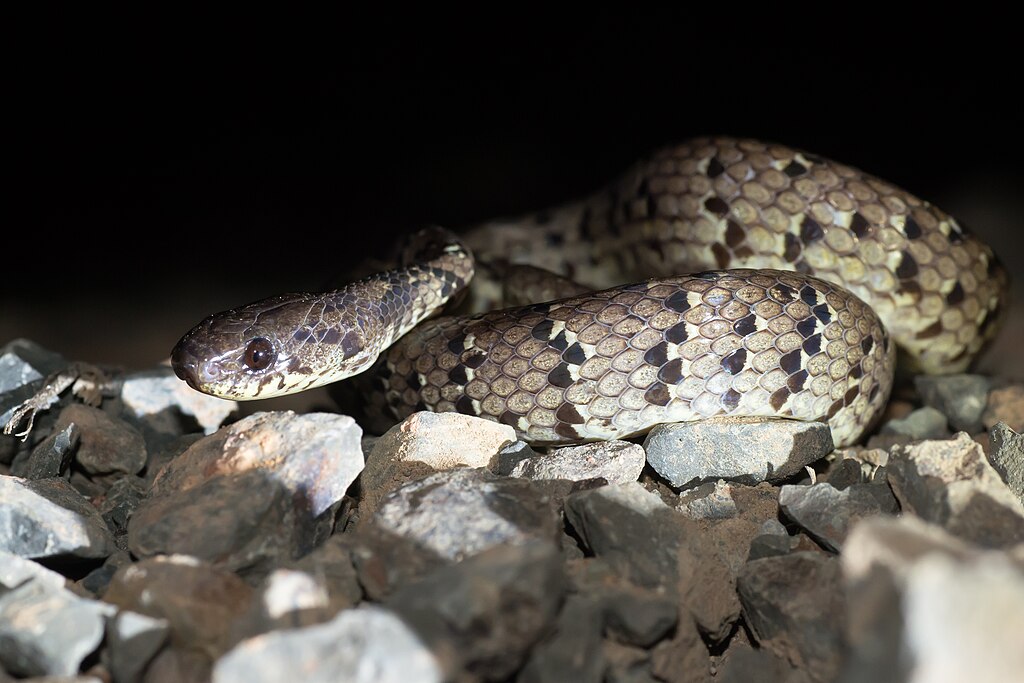When we bring a snake into our homes as a pet, one of the most distressing situations we can face is a snake that refuses to eat. While many factors can cause feeding problems, from improper temperatures to illness, there exists one particularly heartbreaking reason that often goes unrecognized. This feeding refusal stems from deep psychological distress that can affect these fascinating reptiles in captivity. Understanding why some snakes develop this emotional response to food is crucial for responsible snake owners and anyone interested in reptile welfare. This article explores the complex reasons behind one of the most troubling feeding issues in captive snakes.
The Emotional Lives of Snakes: More Complex Than We Think

While snakes don’t experience emotions in the same way humans do, research increasingly suggests they possess more complex cognitive abilities than previously believed. These reptiles can experience stress, fear, and what we might anthropomorphically call “depression” in response to their environments. A snake’s brain may be structured differently from a mammal’s, but it still processes environmental threats, safety signals, and stress responses. Many herpetologists now recognize that snakes can develop behavioral patterns similar to learned helplessness when kept in improper conditions. This emotional component often manifests most visibly in feeding behaviors, as nutrition is directly tied to a snake’s survival instincts and overall well-being.
Capture Stress Syndrome: The Hidden Trauma
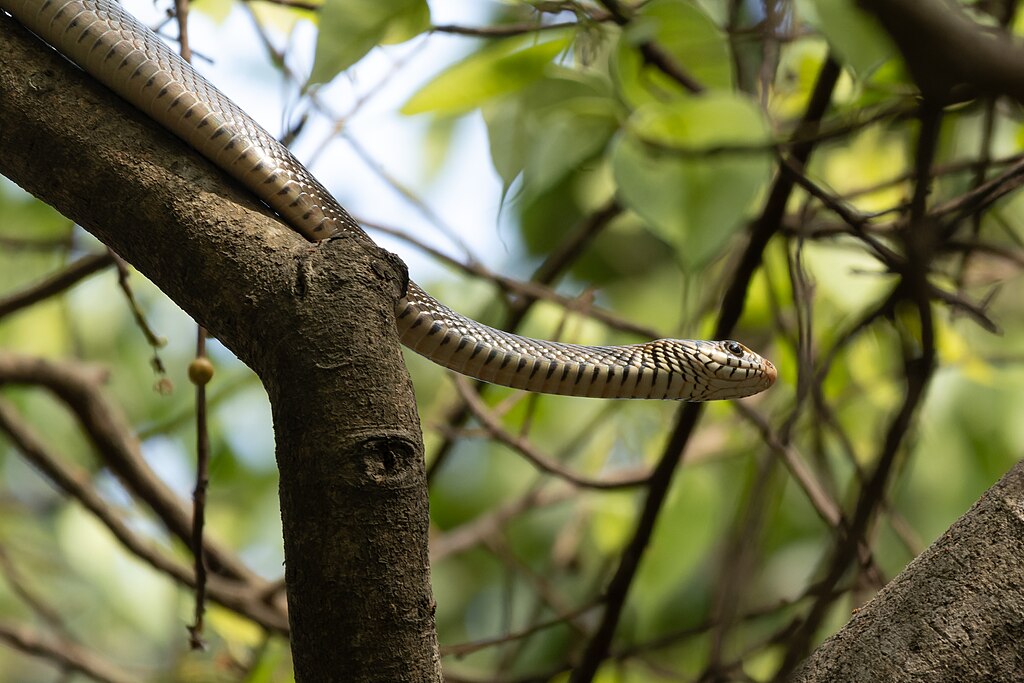
One of the saddest reasons snakes refuse food involves what experts call “capture stress syndrome,” particularly in wild-caught specimens. When a snake is removed from its natural habitat, transported in often cramped and frightening conditions, and placed in an unfamiliar environment, it experiences profound stress. This trauma can trigger a survival response where the snake shuts down non-essential functions, including feeding. Unlike captive-bred snakes that have known only human environments, wild-caught individuals may never fully recover from this initial trauma. Some snakes, particularly sensitive species like certain python and boa varieties, may carry this psychological burden for months or even years, resulting in chronic feeding problems.
The “Broken Spirit” Phenomenon
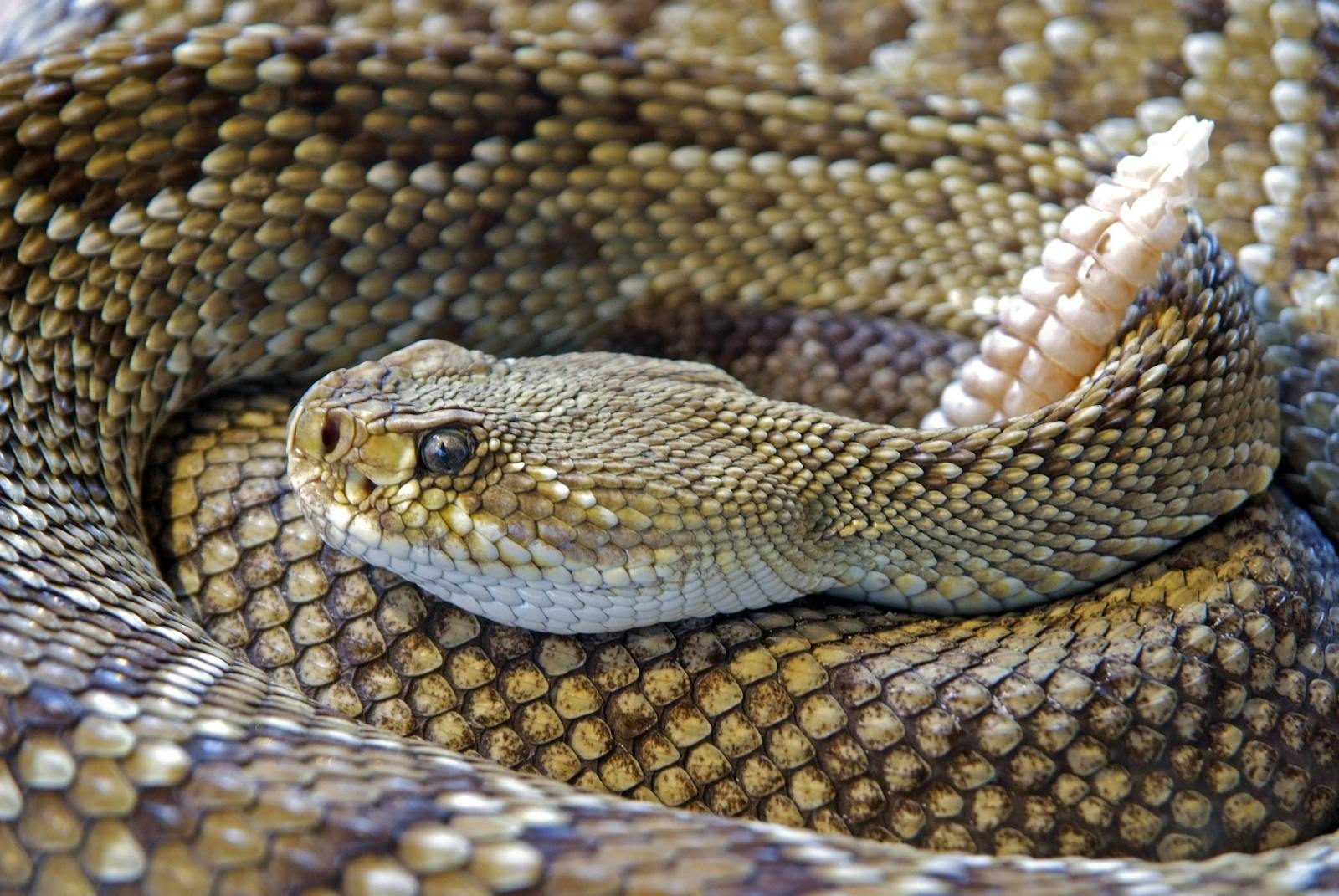
Perhaps the most heartbreaking feeding issue occurs when captive snakes develop what some keepers describe as a “broken spirit.” This condition typically develops in snakes kept in chronically stressful conditions: enclosures too small, temperatures too extreme, excessive handling, or constant exposure to perceived predators (like household pets regularly approaching their enclosure). Over time, these stressors overwhelm the snake’s ability to cope, leading to a state where it simply gives up normal behaviors, including feeding. Similar to depression in humans, this state is characterized by lethargy, withdrawal, lack of response to stimuli, and refusal to eat even when food is readily available. Herpetologists note that once a snake reaches this state, rehabilitation is extremely difficult and sometimes impossible.
Learned Food Aversion: Traumatic Feeding Experiences
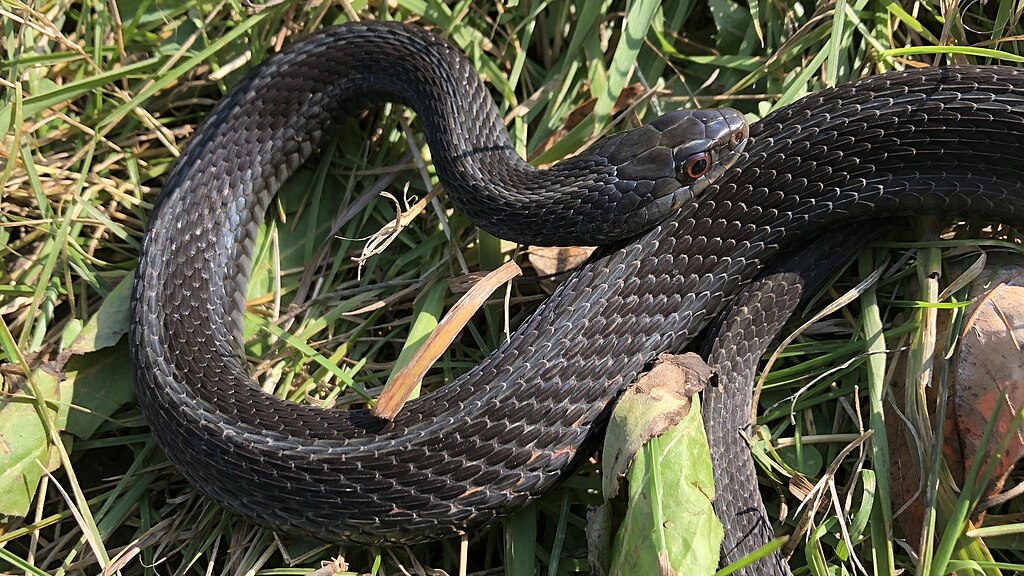
Snakes possess remarkable ability to form associations between experiences, particularly negative ones. When a snake has a traumatic feeding experience, it may develop a learned aversion to specific prey items or even the entire feeding process. This trauma might stem from force-feeding attempts by well-meaning but misguided owners, being struck or injured by live prey during feeding, or experiencing pain during digestion due to being handled too soon after eating. Once established, these negative associations can be extraordinarily difficult to overcome. Some snakes have been documented refusing food for months or even years following a single traumatic feeding experience, essentially choosing starvation over reliving the trauma.
Chronic Stress and Its Physiological Impact

The link between chronic stress and feeding refusal runs deeper than simple behavioral changes – it fundamentally alters a snake’s physiology. When a snake experiences long-term stress, its body continuously produces stress hormones that suppress digestive function, immune response, and reproductive behaviors. This hormonal imbalance can lead to a complete shutdown of the digestive system, making it physically impossible for the snake to process food even if it wanted to eat. Blood tests of chronically stressed snakes often reveal elevated corticosterone levels (the reptile equivalent of cortisol in humans). These physiological changes create a vicious cycle: stress causes feeding refusal, which causes nutritional deficiencies, which further impairs the snake’s ability to respond appropriately to its environment.
Imprinting and Early-Life Trauma

Young snakes are particularly vulnerable to developing long-term feeding issues when traumatized. During their developmental period, snakes form critical associations about what constitutes food, how to hunt, and what environments are safe for feeding. If a young snake experiences repeated negative interactions around food during this sensitive period, it may develop permanent feeding aversions. This is especially evident in snakes that were improperly force-fed as hatchlings or juveniles. The trauma becomes imprinted in their behavioral responses, making them associate food with threat rather than nourishment. Some species are more prone to this type of imprinting than others, with highly specialized feeders like egg-eating snakes or fish specialists being particularly susceptible.
Social Isolation in Communal Species
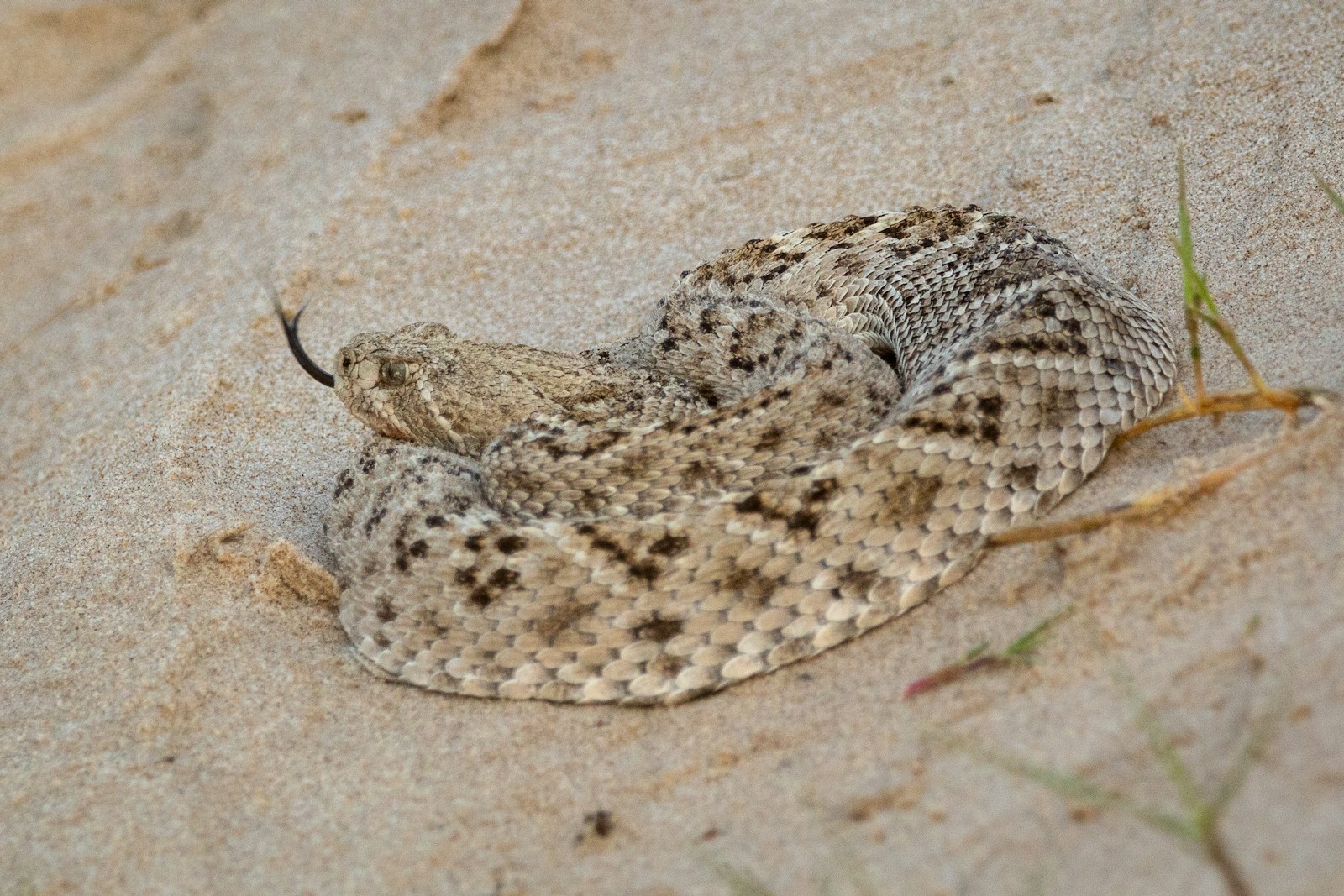
While many snake species are solitary by nature, some demonstrate social behaviors that influence feeding patterns. Species like garter snakes, certain python species, and some rat snakes show evidence of social feeding cues in the wild. When these naturally communal species are kept in isolation, they may develop what appears to be depression-like symptoms, including feeding refusal. Research has documented cases where isolated individuals from social species refuse food for months, only to resume normal feeding when placed with conspecifics (members of the same species). This suggests that for some snakes, the absence of social context creates a psychological barrier to normal feeding behaviors – a sad circumstance rarely addressed in standard snake keeping guidance.
Sensory Deprivation and Environmental Barrenness
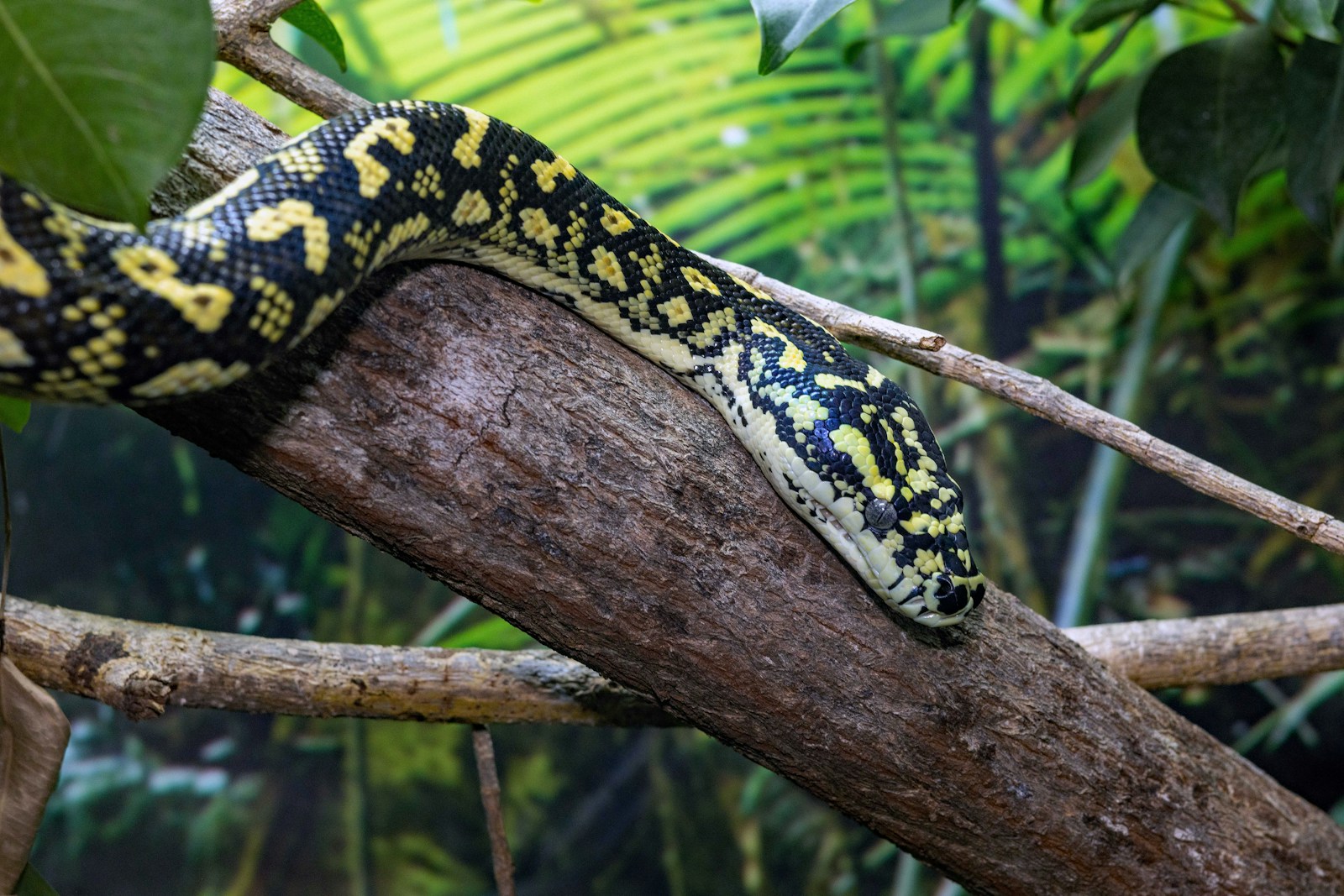
Snakes evolved in complex environments rich with sensory information – varying temperatures, humidity gradients, substrate textures, and natural light cycles. In captivity, they’re often kept in minimalist enclosures that provide little stimulation or opportunity for natural behaviors. This sensory deprivation can lead to a condition similar to zoochosis (psychological distress seen in zoo animals), manifesting primarily as feeding refusal. Studies comparing enriched versus barren environments show significantly higher feeding success rates in naturalistic enclosures. The snake’s psychological need for environmental complexity is often overlooked, yet it directly impacts its willingness to feed. Some snakes simply “give up” when their environment fails to provide the minimum sensory input needed for normal behavioral patterns.
Grieving: Loss of Companions in Bonded Pairs
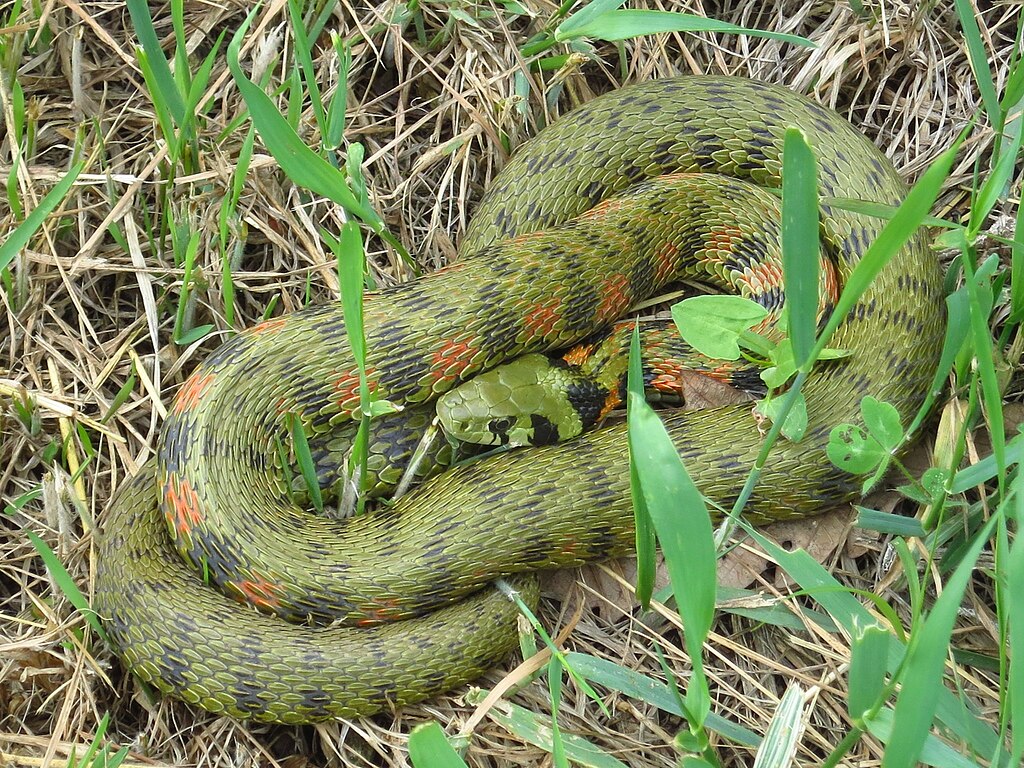
While controversial among some herpetologists, there is growing evidence that certain snake species can form attachments to conspecifics and may display grief-like behaviors when separated. This is most commonly observed in species that form breeding pairs or communal denning groups in the wild. When a snake loses a long-term cage mate, some individuals exhibit prolonged feeding refusal along with restless searching behaviors and decreased activity levels. These behavioral changes mirror grief responses seen in more traditionally “emotional” animals. Several documented cases show snakes refusing food for months following the death or removal of a cage mate, only resuming normal feeding when either paired with a new companion or after an extended adjustment period.
Surrender to Futility: Repeated Failed Hunting Attempts
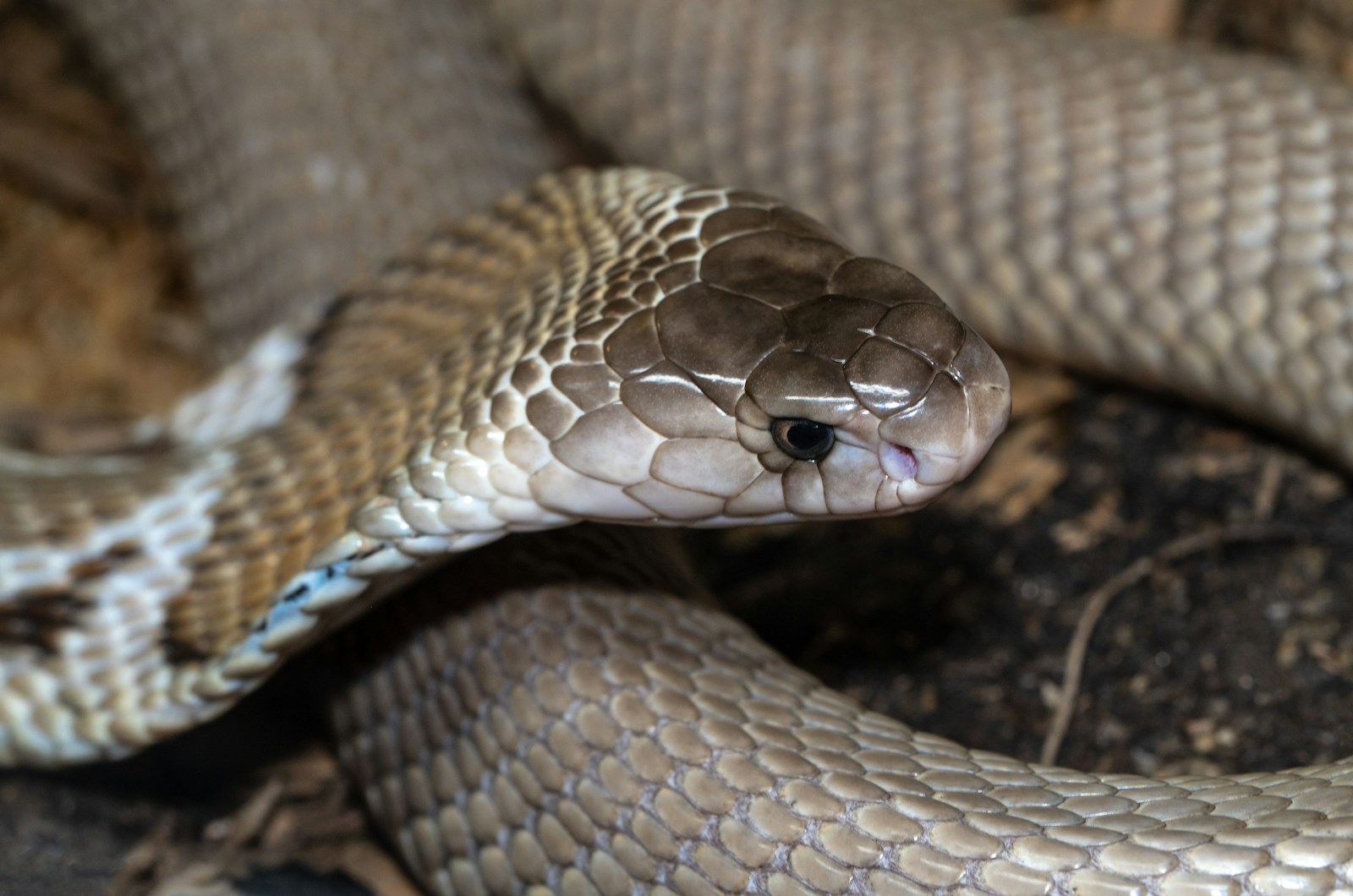
In the wild, snakes are efficient predators with hunting success heavily influenced by their environment. In captivity, however, snakes may experience repeated hunting failures due to inappropriate prey items, improper presentation methods, or enclosures that don’t allow natural hunting behaviors. After multiple unsuccessful attempts, some snakes appear to “give up” on hunting altogether. This learned helplessness extends beyond the immediate feeding situation to a general disengagement from their environment. The snake essentially learns that its actions don’t produce expected outcomes, leading to a state where it no longer even attempts to feed. This psychological surrender is particularly common in species with complex hunting strategies, like ambush predators or active foragers that require specific environmental cues to trigger feeding responses.
Post-Traumatic Feeding Disorder: Recovery and Rehabilitation

Rehabilitation of snakes suffering from psychological feeding disorders requires extraordinary patience and specialized care. The process typically begins with addressing all environmental factors, creating absolutely optimal conditions for the species. Next comes a period of minimal interaction, allowing the snake to establish security in its space without human interference. Feeding protocols must be completely redesigned to eliminate any resemblance to previous traumatic experiences. Recovery timelines vary dramatically, with some snakes requiring months or even years before attempting to feed normally again. The most successful rehabilitation cases typically involve experienced herpetologists who understand the specific psychological needs of the species and can gradually rebuild the snake’s trust in its environment and feeding process.
Preventing the Heartbreak: Creating Psychologically Sound Environments
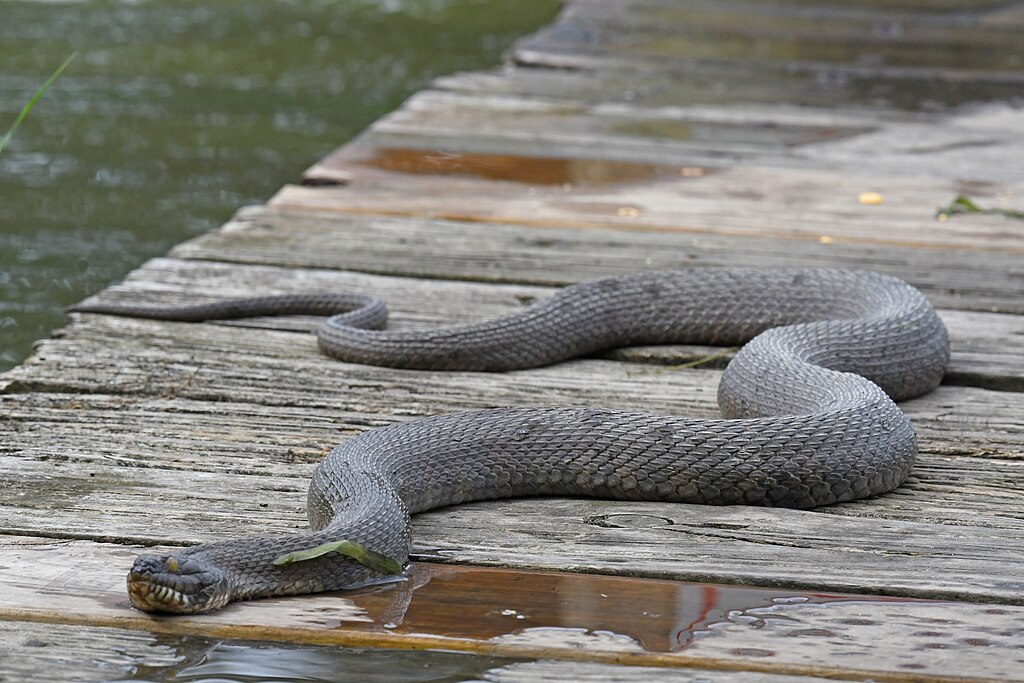
Preventing psychological feeding disorders begins with understanding that snakes have complex needs beyond basic physical requirements. Proper husbandry means creating environments that support natural behaviors, including appropriate hiding spaces, temperature gradients, substrate depth for burrowing species, and climbing opportunities for arboreal species. Handling should be minimized during a new snake’s acclimation period, which may extend for weeks or even months depending on the species and individual. Feeding protocols should mimic natural hunting experiences as closely as possible, with prey items appropriate in size, type, and presentation method. Most importantly, keepers must recognize early warning signs of psychological distress – unusual defensive postures, excessive hiding, erratic movement patterns, or tongue-flicking directed at themselves – and address environmental stressors before feeding problems develop.
When to Seek Professional Help

Not all feeding issues can be resolved through environmental changes alone, and recognizing when to seek professional help is crucial. A reptile veterinarian specializing in behavioral issues should be consulted when a snake refuses multiple consecutive meals beyond its normal fasting period, shows significant weight loss, exhibits self-destructive behaviors, or responds aggressively to food when it previously fed normally. The veterinarian can rule out physical causes while assessing psychological factors contributing to feeding refusal. In severe cases, specialized reptile rehabilitation centers exist that focus exclusively on psychological recovery for traumatized reptiles. These facilities employ environmental enrichment therapies, controlled exposure techniques, and sometimes even “therapy” animals (typically well-adjusted snakes of the same species) to help rehabilitate snakes with profound psychological feeding disorders.
Understanding the emotional complexity of snakes challenges us to be better keepers and more compassionate caretakers. The saddest reason some snakes refuse to eat – psychological distress – reflects our responsibility to provide not just physical care but also environments that support mental well-being. By recognizing these reptiles as sentient beings capable of experiencing both distress and contentment, we take an important step toward ensuring they thrive rather than merely survive in our care. The silent suffering of a snake that has given up on feeding should serve as a powerful reminder that even these ancient, seemingly alien creatures deserve consideration of their psychological needs.

